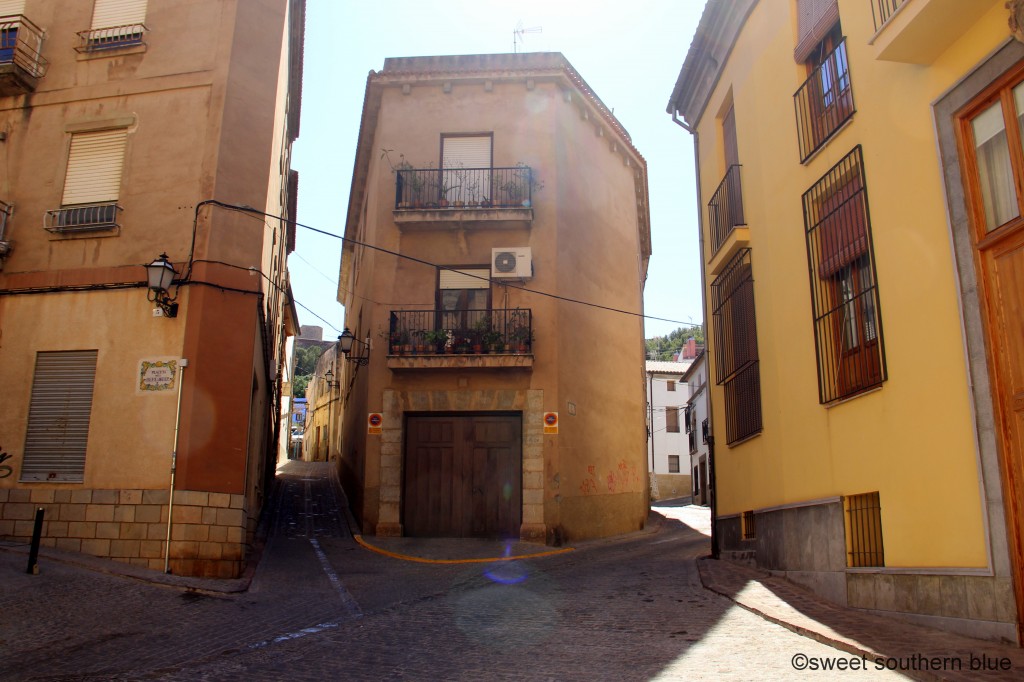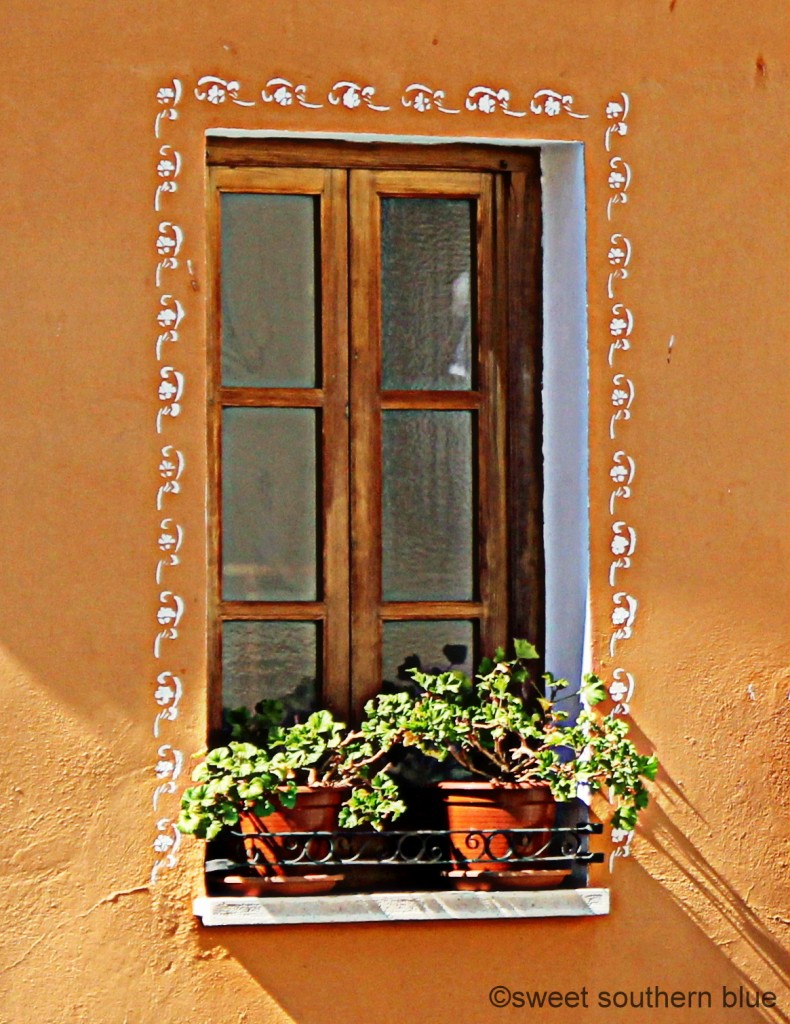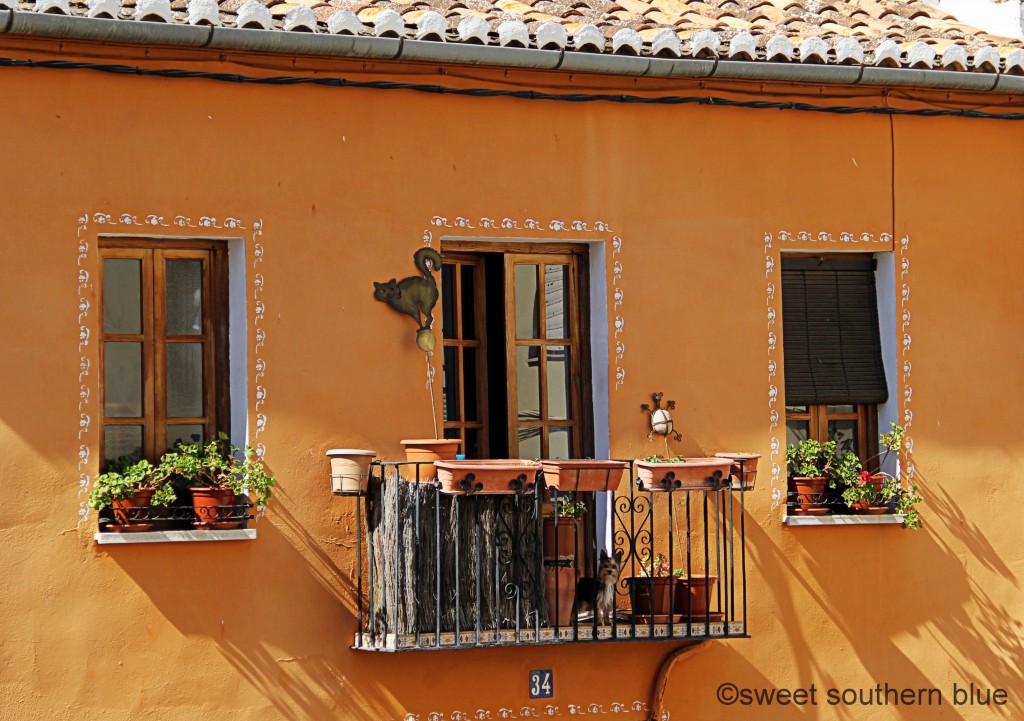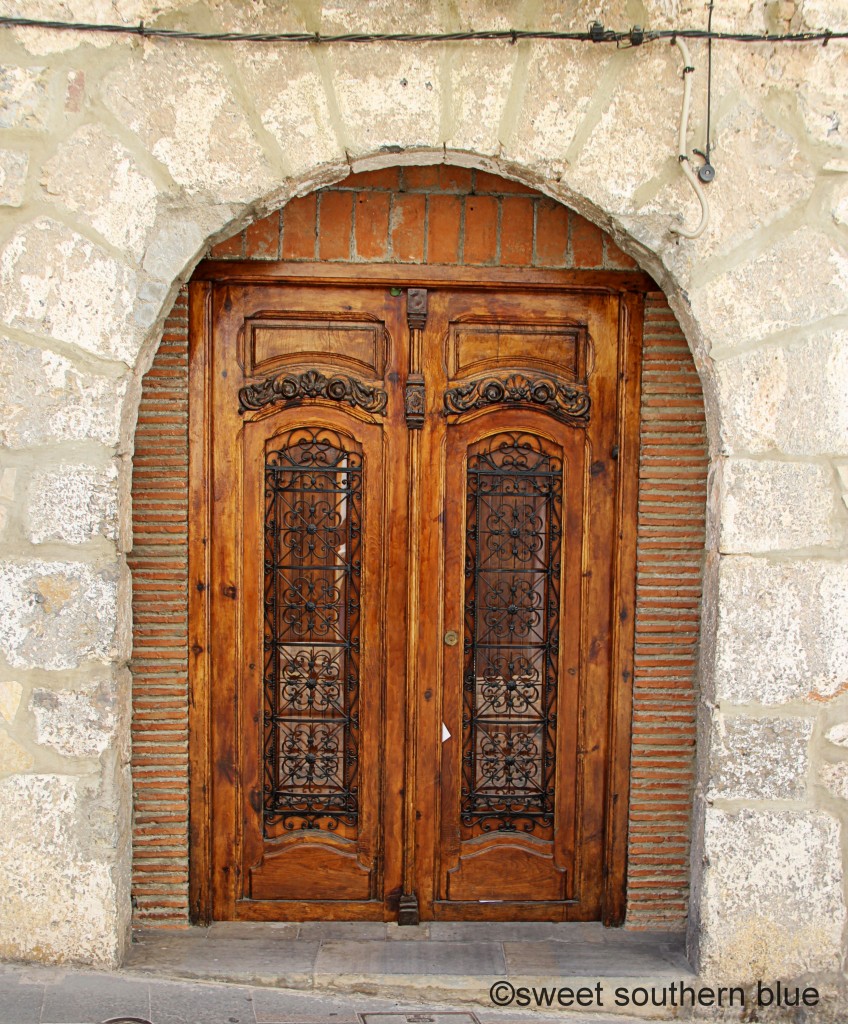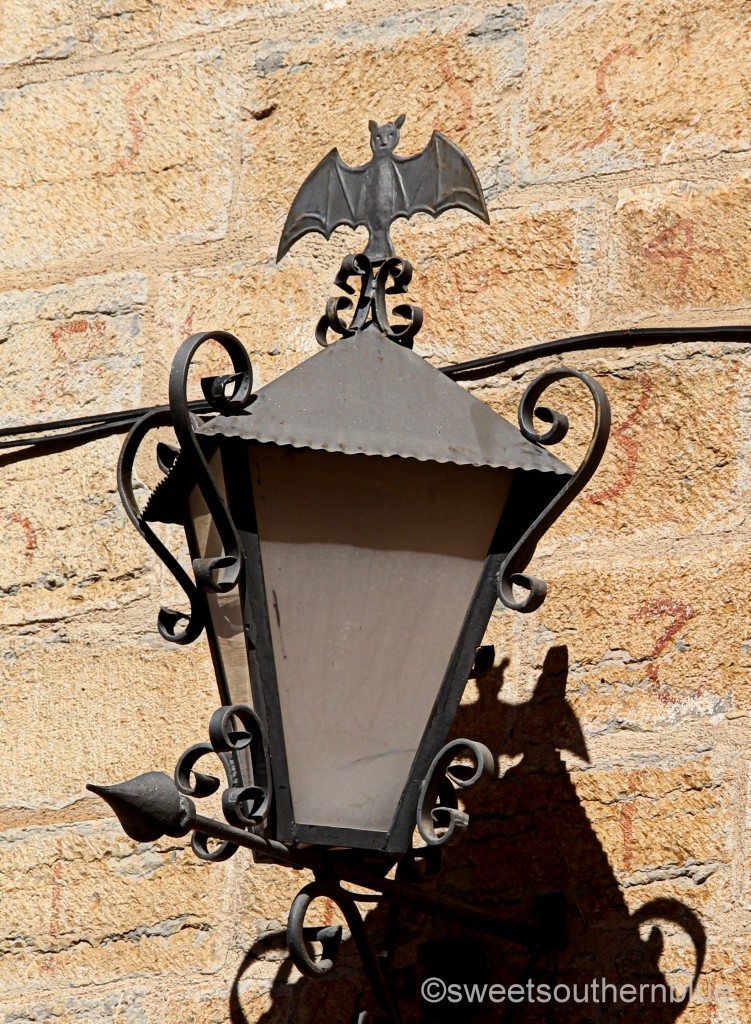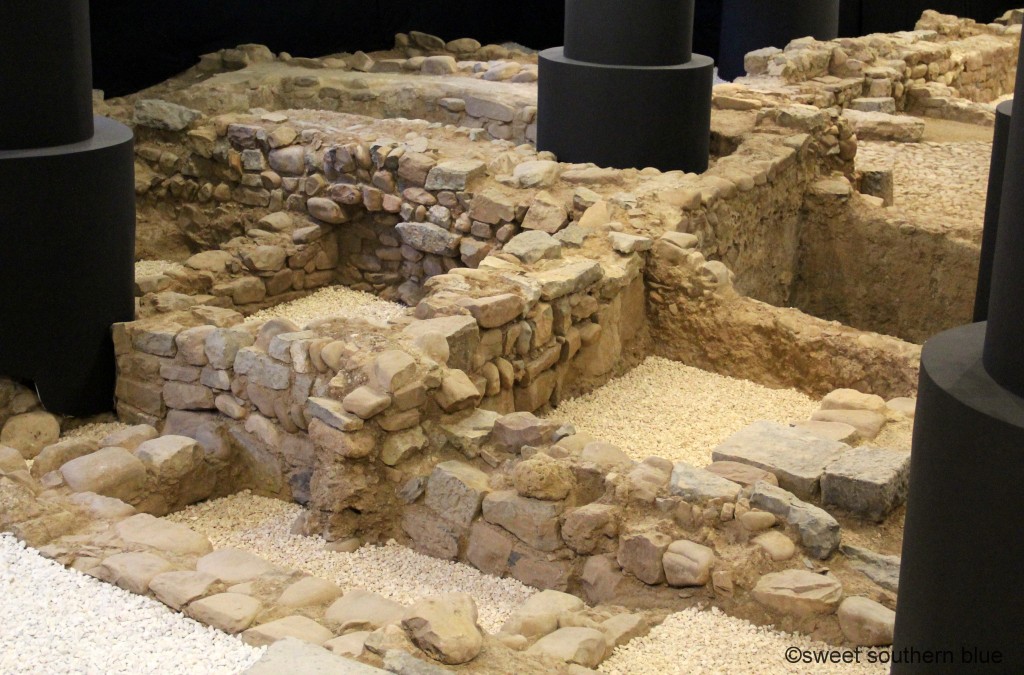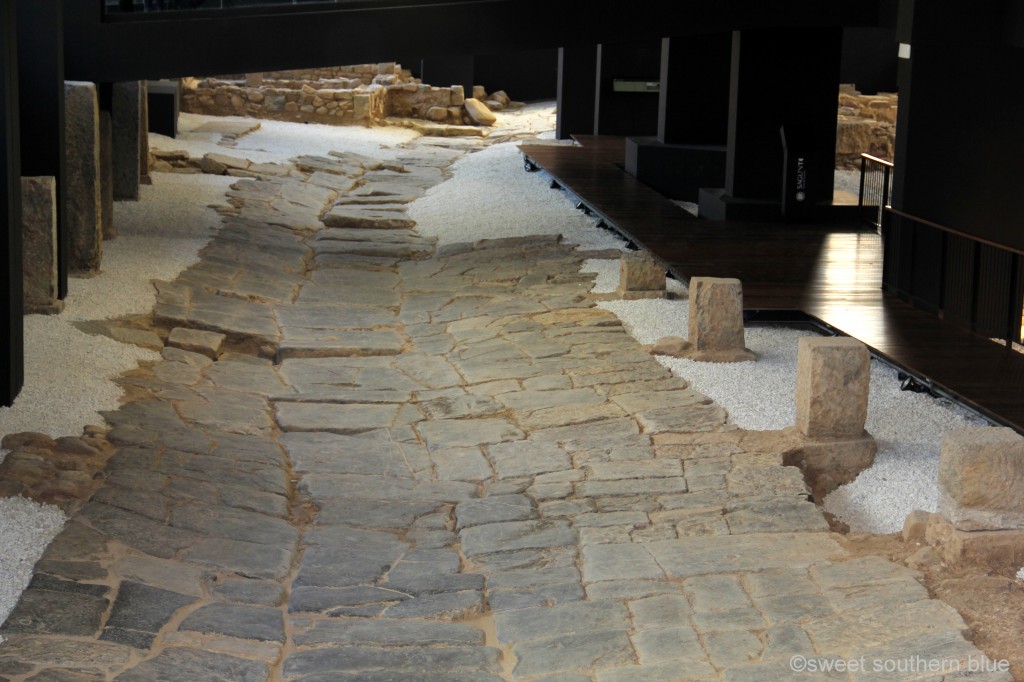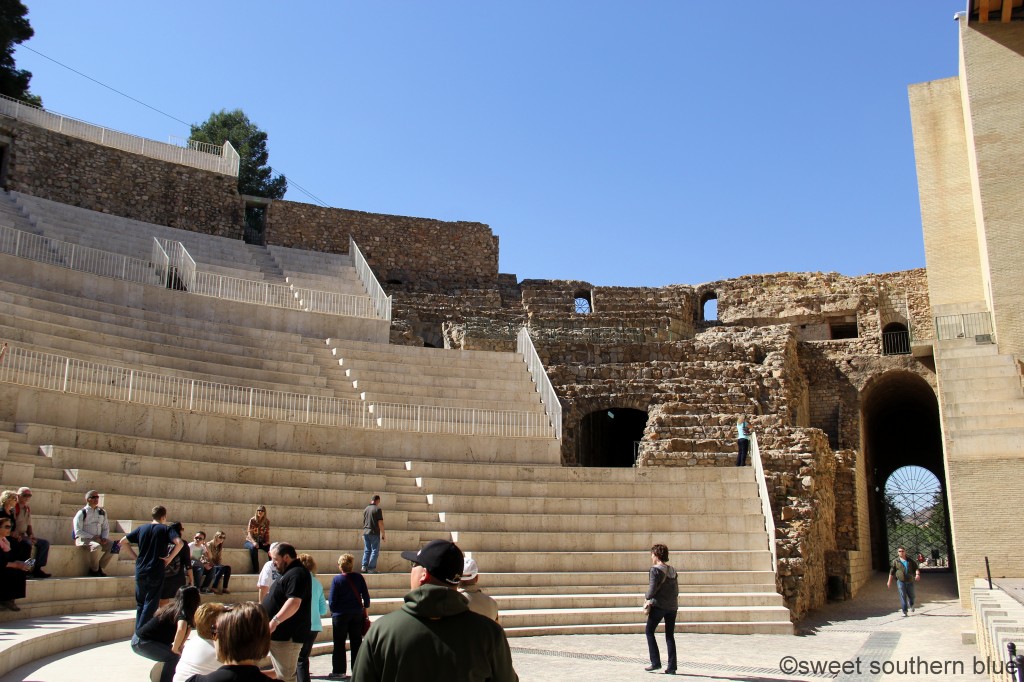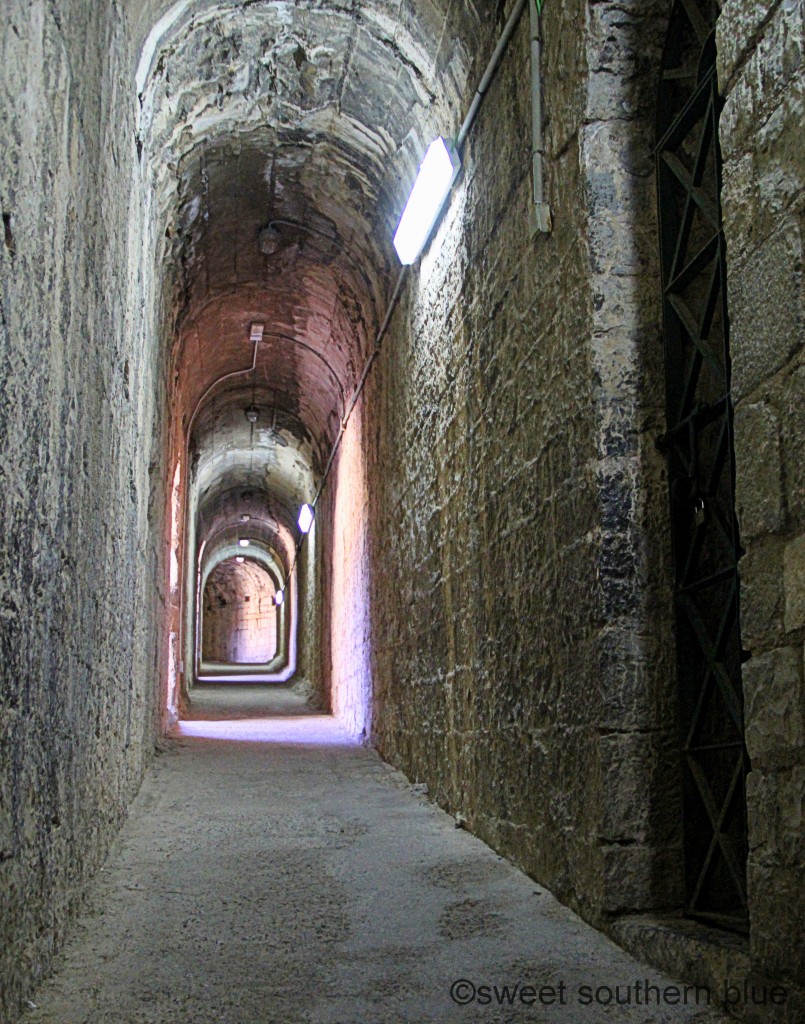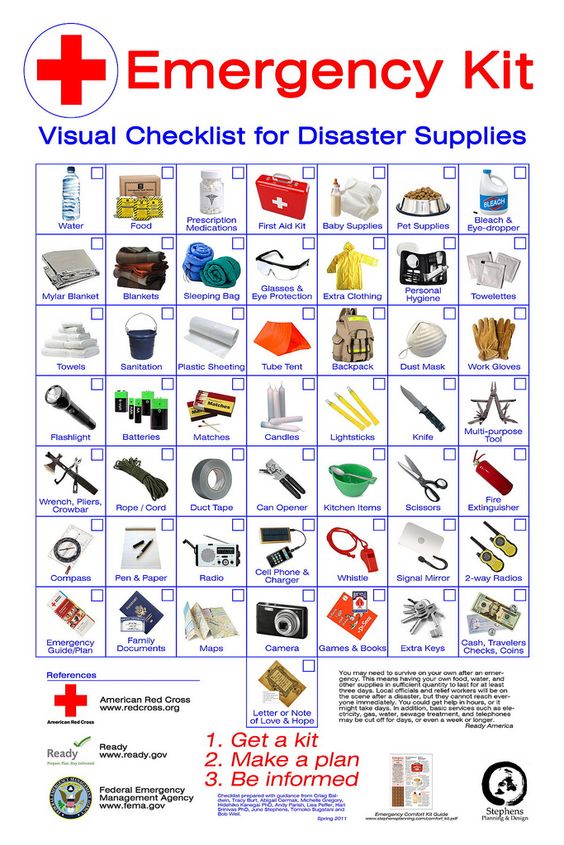Sagunto, Spain
We decided to take an excursion though the ship and chose the Sagunto and St. Joseph Caves. It consisted of a visit to the village of Sagunto settled in the 5th century BC and a relaxing boat ride through a subterranean river.
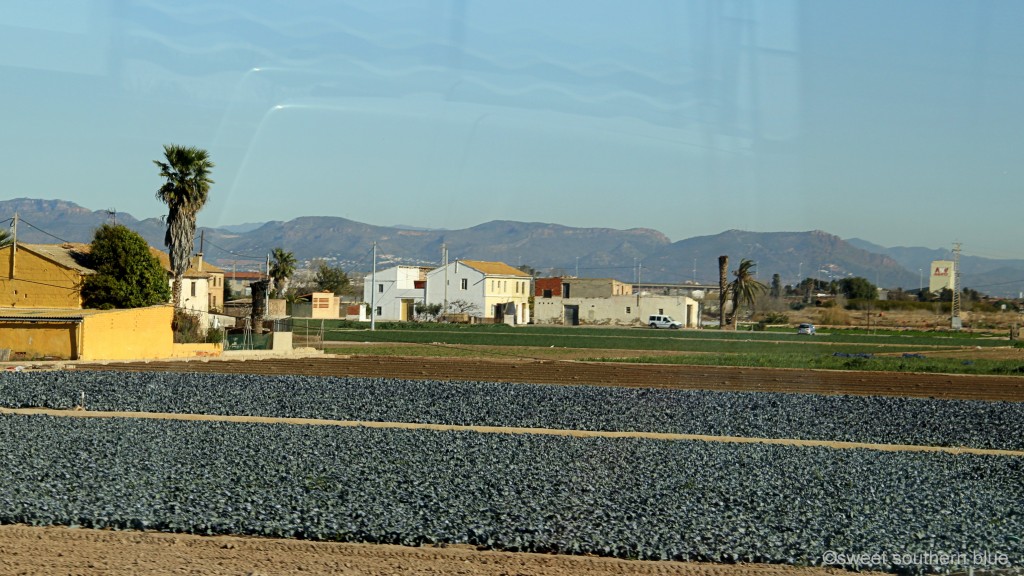
I was surprised at how much agriculture there was around the Valencia area.
Our first stop was in La Vail D’ Uixo where we visited the caves of saint Joseph. We boarded small boats where guides carried through and underground river.
Our second stop was in Sagunto where we walked the ancient streets.
We visited this Roman site (via the Portic and Casa dels Peixos). The discovery of the remains took place in 1991 thanks to the construction work of the two buildings which currently contain the remains in their basements.
The archaeological remains found range from I to IV century AD, from the phases known as the High Imperial I,High Imperial II and Low Imperial, and reach even later epochs such as the Late Roman and the Medieval. Specifically, they have documented the following elements:
- 60 metres of Roman road with a portico on both sides and a central sewer. In addition to the drainage system associated to this structure.
- Building remains belonging to a minimum of six rectangular burial structures in varying states of conservation, where cremation rites were performed.
- Remains of a large monumental building from the end of the High Imperial period(C. II_III A.D.) and the foundations of what was probably a monumental arch.
- Sets of private structures from the Low Imperial period.
- A necropolis for Early Christian or Visigoth burial.
- Two Muslim homes, reused in Christian times.
- Late medieval structures intended for housing as a craft area.
At Museo de la Vía del Pórtico you’ll see a very large area of the Via Augusta, remains of funerary structures, buildings, a necropolis and much more. Just below the castle is the nearly 2000 year old Roman Theater, now restored and used for concerts.






